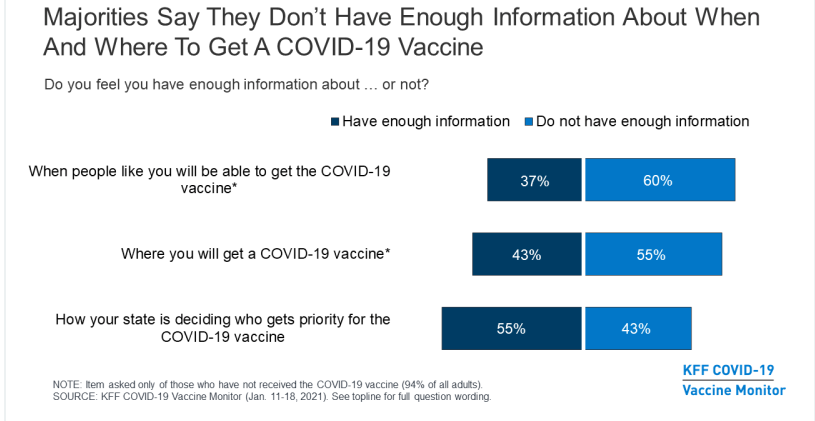B.1.1.7 Now Said to Be More Deadly and Contagious
British Prime Minister Boris Johnson said that the B.1.1.7 variant of COVID-19 which was said to be 50% to 70% more contagious, has now been discovered to also be 30% deadlier. The CDC warns it could become the dominant strain in the US by March.
British Prime Minister Boris Johnson announced today that the variant of coronavirus disease 2019 (COVID-19) that emerged in the United Kingdom, and which experts said could be 50% to 70% more contagious than traditional COVID is also 30% deadlier, according to news outlets such as the Washington Post.
At a just concluded news conference, Johnson said that “we’ve been informed that in addition to spreading more quickly... there is some evidence that the new variant... may be more associated with a higher degree of mortality.”
The UK's chief scientific adviser, Patrick Vallance, broke it down this way, according to CNN. “If you took... a man in their 60s, the average risk is that for 1,000 people who got infected, roughly 10 would be expected to unfortunately die with the virus. With the new variant, for 1,000 people infected, roughly 13 or 14 people might be expected to die.”
Kevin Kavanagh, MD, a member of Infection Control Today®'s Editorial Advisory Board said that "initial reports that the UK Variant is not more lethal than our current strain and that its increase in transmissibility was possibly due to an increase in viral production by the patient did not make sense. Since, increased viral load should produce a more severe disease in the patient. I was thus hoping for another mechanism, but it now looks like this strain may be more lethal after all and to make matters worse, it may have an increased propensity to infect children and young adults."
The Centers for Disease Control and Prevention warned recently that if drastic infection prevention measures aren’t taken against B.1.1.7, it could become the main variant in the United States by March.
CDC investigators examine multiple models of how B.1.1.7 might spread. One of the models assumes that 1 million COVID-19 vaccines are distributed a day, beginning January 1, 2021. That model also says that 95% herd immunity was achieved 14 days after people were given the second dose of the vaccine. Obviously, this hasn’t happened (whether we can ever achieve herd immunity against COVID-19 is a matter of debate), but the investigators wanted to see how much a threat B.1.1.7 would present if near universal immunity against infection is assumed.
“In this model, B.1.1.7 prevalence is initially low, yet because it is more transmissible than are current variants, it exhibits rapid growth in early 2021, becoming the predominant variant in March,” the study state. “Whether transmission of current variants is increasing (initial Rt = 1.1) or slowly decreasing (initial Rt = 0.9) in January, B.1.1.7 drives a substantial change in the transmission trajectory and a new phase of exponential growth. With vaccination that protects against infection, the early epidemic trajectories do not change and B.1.1.7 spread still occurs.
Even with the advent of vaccines, monoclonal antibodies, and testing many COVID-19 discussions circle back to the low-tech tools of infection prevention—hand hygiene, social distancing, wearing a mask—and the CDC’s warning about B.1.1.7 is no exception. A study published in the CDC’s Morbidity and Mortality Weekly Report said that “the increased transmissibility of this variant requires an even more rigorous combined implementation of vaccination and mitigation measures (e.g., distancing, masking, and hand hygiene) to control the spread of SARS-CoV-2. These measures will be more effective if they are instituted sooner rather than later to slow the initial spread of the B.1.1.7 variant.”
Unfortunately, the vaccine rollout hasn’t gone as planned, to say the least. A poll released today by the Kaiser Family Foundation (KFF) finds that Americans are growing impatient with stalled distribution efforts and the fact that vaccine supply cannot keep up with demand. The KFF poll “finds two-thirds of U.S. adults (65%) say the federal government is doing a ‘fair’ or ‘poor’ job of distributing vaccines to the states. About three in ten adults give the federal government a positive rating of ‘excellent’ or ‘good’. Likewise, six in ten think their state government is doing a ‘fair’ or ‘poor’ job of distributing the vaccine to people in their state.”

Kavanagh argues that now is the time for the CDC to be proactive in its outreach to other countries. "The new emerging coronavirus strains underscore the necessity of not only having increased vigilance on our shores and the need to expand our genomic surveillance in the United States, but also to reactivate and expand the CDC's foreign support services and personnel. Similar to Ebola we need to stop these new biological threats in the countries they emerge in, rather than let them spread around the globe and into the United States."
Show, Tell, Teach: Elevating EVS Training Through Cognitive Science and Performance Coaching
April 25th 2025Training EVS workers for hygiene excellence demands more than manuals—it requires active engagement, motor skills coaching, and teach-back techniques to reduce HAIs and improve patient outcomes.
The Rise of Disposable Products in Health Care Cleaning and Linens
April 25th 2025Health care-associated infections are driving a shift toward disposable microfiber cloths, mop pads, and curtains—offering infection prevention, regulatory compliance, and operational efficiency in one-time-use solutions.
Phage Therapy’s Future: Tackling Antimicrobial Resistance With Precision Viruses
April 24th 2025Bacteriophage therapy presents a promising alternative to antibiotics, especially as antimicrobial resistance continues to increase. Dr. Ran Nir-Paz discusses its potential, challenges, and future applications in this technology.